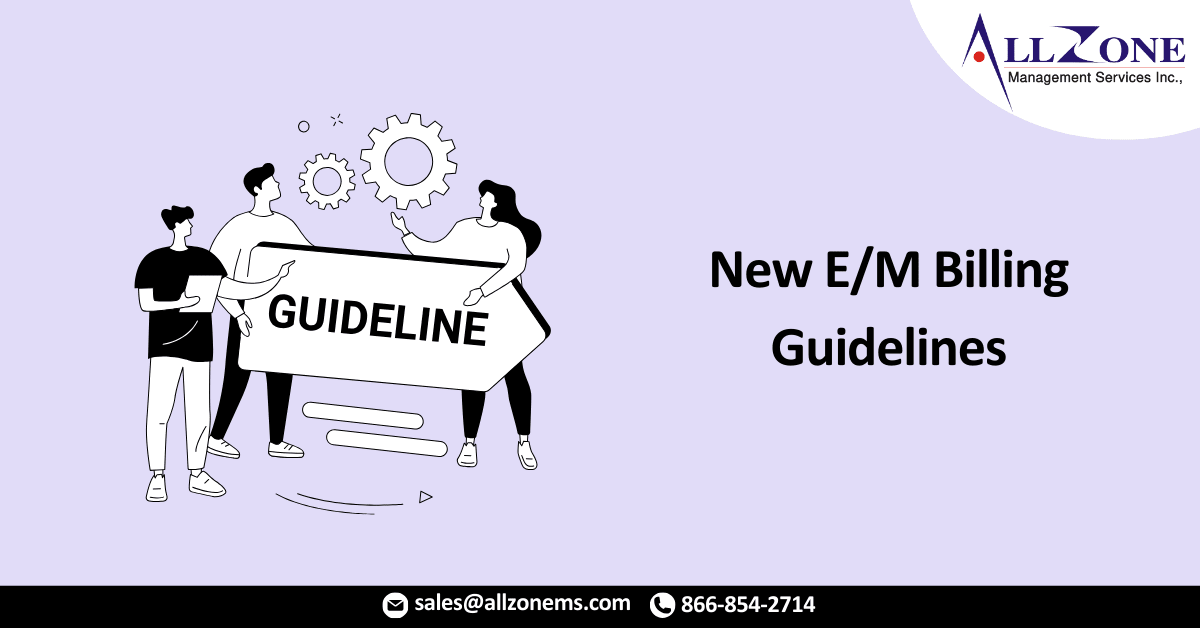Recent changes to evaluation and management (E/M) billing guidelines that allow physicians to bill for previously unreimbursed services are producing higher revenues for longer patient visits, according to results of a new study.
The study in JAMA Network Open looks at the financial impact of CMS’s 2021 expansion of its time-based billing guidelines to include time spent on previously unreimbursed tasks associated with patient visits, such as medical record review and care coordination, in addition to the visit itself.
CMS’s goal, according to the authors, was to give doctors an opportunity to increase revenue compared with medical decision-making-based billing, wherein reimbursement generally increases with the number and complexity of problems addressed during the visit.
To compare revenues under MDM versus time-based billing, the authors developed a model for an individual physician seeing patients eight hours per day for 220 days a year. The model included both new and returning outpatient visits with Current Procedural Terminology codes 99202 to 99215, which are the ones doctors can use for time-based billing. They also assumed doctors scheduled twice as much time for a new patient visit as for returning patients.
They found that the shortest MDM-based visits —20-30 minutes for new patients and 10-15 minutes for returning patients—resulted in annual revenue of $846,273, compared with $567,649 for the shortest time-based visits of 20 minutes for new patients and 10 minutes for return visits. E/M revenue in the time-based revenue stayed fairly steady, regardless of the time length of the visit.
The revenue advantage reversed with longer visits, however. Beginning at 40-minute new patient and 20-minute returning patient visits, time-based billing was associated with $458,718 versus $423,137 for MDM-billed visits.
Overall, the researchers found that the highest E/M revenues were associated with a combination of short patient visits and MDM-based billing. On the other hand, they say, the model demonstrates that doctors with longer patient visits can benefit from time-based billing.
Moreover, because E/M revenue wasn’t associated with visit length, doctors with longer patient visits could extend them even further without a noticeable loss of revenue. And since time constraints have been shown to decrease the likelihood of doctors completing preventive medicine tasks, “the flexibility in patient scheduling afforded by time-based billing could help physician’s better address preventive medicine.”
For More Information: new e m billing guidelines rewarding longer patient visits

